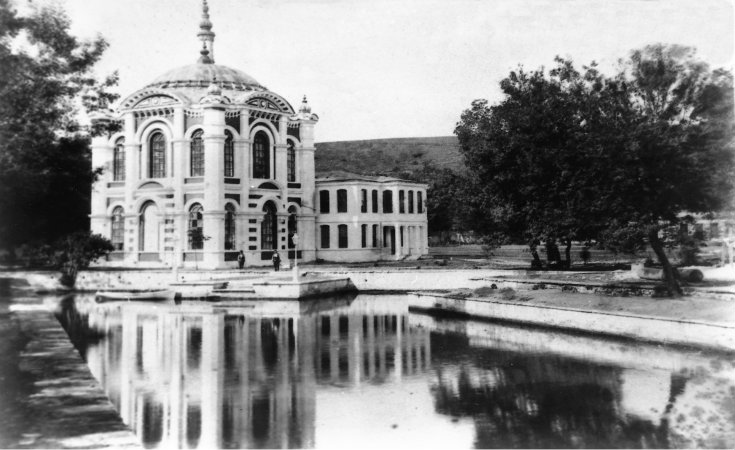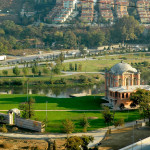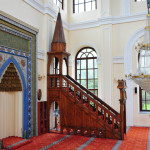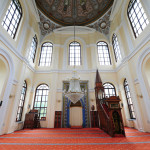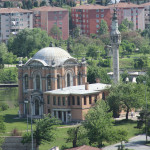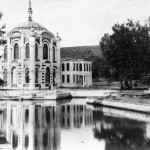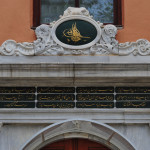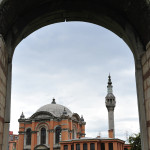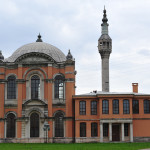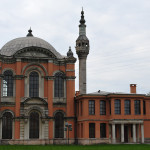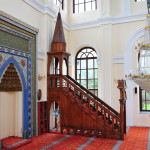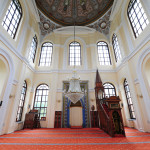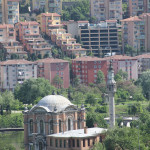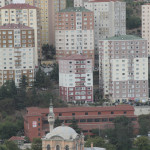Sadabad/Çağlayan Camii (Sadabad/Caglayan Mosque)
Built on the shore of the Kağıthane stream and also known as the Çağlayan Mosque, the Sadabad Mosque was rebuilt during the reign of Abdülaziz.

Loading ...
Address
Merkez Mah. Eyüp Sultan Cad. Kağıthane
Visiting Hours
Daily, except prayer times.
Muslims pray five times each day. The precise timing of prayers often vary by a few minutes each day, therefore throughout a year there is a wide range of prayer times. The reason is that Islamic prayer times were traditionally set according to the movement of the sun.
Actually Islamic prayers are fixed at the same "time" period each day -- before dawn, noon, afternoon, sunset, and evening. Because of the rotation of the earth, the latitudes of the earth’s locations, daylight savings time, etc. -- the "times" (according to the clock) for these prayers change depending on time of day and location.
Built on the shores of the Kağıthane stream and also known as the Çağlayan Mosque, the existing Sadabad Mosque was rebuilt during the reign of Abdülaziz. The first mosque in this location was built in 1722. Twice damaged by fire, it was last rebuilt in 1862. Its plan was drawn up by two brothers, the architects Sarkis and Agop Baylan.
The mosque is built along a symmetrical plan and above its entrance is the seal of Sultan Abdülaziz. Influenced by the Western architecture of the period, its walls are built of cut stone. The interior of the dome is adorned floral decorations and covered externally by lead sheets. It was looted during the course of the Second World War and its lamps, doors and window casements were stolen, its glass broken, and its crystal chandeliers, dome and its led covering were left in ruins. Over time repairs were made and after a major restoration – known as the Sadabad project – between 1997 and 1998 it was largely restored to its original state.
Mosque is a place of worship for Muslims. It comes from the Arabic word 'masjid' which literally means "a place for prostration". Mosques are also places where Muslims come together for different purposes such as education, social gatherings, public meetings, exhibitions, lectures etc. Although there is no specific requirement for mosques in terms of their architecture, one can see some common features inside and outside of many mosques such as minarets, domes, ablution areas, prayer niche (mihrab), pulpit (minbar) and so on.
Muslims are obliged to perform the ritual worship 5 times a day. They are not required to attend a mosque for each of these prayers however in order to interact with the community they are encouraged to pray in congregation. Friday noon is the only time in a week when Muslims must definitely join the congregational prayer in a mosque after which they can continue their work, education or other commitments.
Azan or the call for prayer is a vocal announcement that one can hear from minarets 5 times a day. The call to prayer is made live -even early in the morning- by a person called 'muazzin'. The muazzins are usually chosen from people with loud and beautiful voices and trained over years to make this announcement beautifully and invite people to worship.













